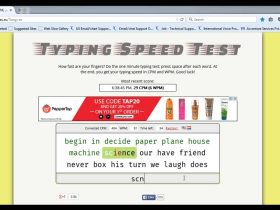When writing a resume, the format you choose can make or break it. A well-formatted resume is clear, easy to read and includes all the important details hiring managers need to assess your qualifications. The right format also helps you highlight your most valuable assets. The type of work experience you’ve had, the level of responsibility you’ve held and the accomplishments that you’ve achieved all factor into how well your resume will perform in an employer’s hands.
There are three main types of resume formats: chronological, functional and combination. Each has its pros and cons.
A chronological format arranges your work history in reverse-chronological order. This is the most popular format for job seekers on a traditional career trajectory. It highlights your most recent role first and works backward from there, allowing you to showcase your most relevant experiences. The downside is that it can call attention to employment gaps. It’s also the best option if your name is familiar to the hiring manager, e.g. because a former employer is a relative or colleague.
The functional resume focuses on your skills and accomplishments rather than your specific jobs. It’s good for making a career change, highlighting transferable skills or if you’re returning to the workforce after a long absence. It’s also ideal if your work history isn’t particularly impressive or you have large gaps in your professional life.
This template from Microsoft uses a bold font and a simple design to create an eye-catching yet professional document. Its clear sections make it easy to follow, while the bolding of job titles and other section headings emphasizes key information. The template also makes excellent use of white space, which helps employers focus on the content and minimizes eye strain.
Choosing a font style that’s easy to read is also important. Avoid fancy or scripted fonts that can be difficult to read. Instead, opt for a font like Georgia that’s widely accepted as professional. Use the formatting options in Word to adjust the font size and spacing to your liking.
Employers spend an average of six seconds scanning a resume before deciding whether to read it in more detail. Make it easy for them to scan your resume by using formatting tools in Word to highlight the most important information. For example, you can choose to bold or italicize position titles, employment dates and important keywords and metrics.
Hiring managers want to see a solid record of achievement and consistency in your professional life. However, they’re also looking to understand how you can help them achieve their goals and overcome challenges. By selecting the right resume format and adding the relevant details, you can ensure your resume stands out from the competition. This article covers three of the most effective resume formats: the chronological, functional and combination. Each has its own pros and cons, so consider your work experience and your own objectives when deciding which format to choose. Then, write your resume with confidence.








Leave a Reply